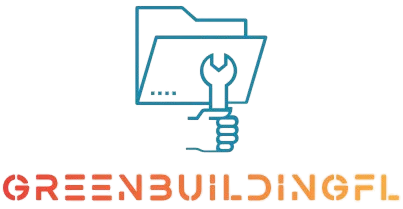Strategies for Effective Project Collaboration
Effective project collaboration is crucial for the success of any team or organization. Here are some strategies that can help enhance collaboration within a project:
- Communication: Establish clear and open lines of communication among team members. Regularly share project updates, objectives, deadlines, and any changes or challenges that arise. Utilize various communication tools, such as instant messaging platforms, project management software, and video conferencing, to foster real-time and efficient collaboration.
- Define Roles and Responsibilities: Clearly define each team member’s roles and responsibilities within the project. This helps avoid confusion, duplication of work, and ensures accountability. Encourage team members to take ownership of their tasks while also promoting collaboration and support when needed.
- Establish Goals and Objectives: Set clear and measurable goals for the project as a whole and for individual team members. This provides a shared sense of purpose and direction, ensuring everyone is working towards the same objectives. Regularly evaluate progress and adjust goals as needed to keep the project on track.
- Foster a Collaborative Culture: Create an environment that encourages collaboration and teamwork. Promote a culture of respect, active listening, and idea-sharing. Encourage team members to collaborate, provide feedback, and contribute their unique perspectives. Recognize and appreciate the efforts of team members to foster a positive and inclusive working environment.
- Utilize Project Management Tools: Implement project management tools and software that allow for easy collaboration, task management, and document sharing. These tools facilitate efficient workflow, document version control, and provide a centralized platform for communication and collaboration.
- Regular Check-Ins and Meetings: Schedule regular check-ins and team meetings to review progress, address challenges, and align on next steps. This allows for open discussions, updates, and problem-solving in a collaborative and proactive manner. Use these meetings to leverage the expertise of team members and to identify potential roadblocks early on.
- Embrace Technology: Leverage technology to facilitate collaboration, especially in large or geographically dispersed teams. Use cloud-based platforms for file sharing and document collaboration, project management systems for task tracking, and video conferencing tools for virtual meetings and discussions.
- Encourage Collaboration Across Functions: Foster collaboration not only within project teams but also across different functions or departments. Encouraging cross-functional collaboration allows for diverse perspectives, interdepartmental cooperation, and a broader understanding of the project’s impact on the overall organization.
- Celebrate Successes and Learn from Failures: Acknowledge and celebrate project milestones and successes together as a team. Share lessons learned from both successful outcomes and setbacks to continuously improve collaboration and project outcomes.
By implementing these strategies, you can create a collaborative environment that fosters effective communication, shared objectives, and a culture of teamwork. This will ultimately lead to more successful project outcomes and a stronger, more cohesive team.



